Evidence-Based Nootropics
Explore evidence-based cognitive enhancers including racetams, choline sources, natural compounds, and adaptogens. This guide details mechanisms of action, dosing protocols, clinical evidence, and synergistic combinations to optimize your cognitive performance and brain health.
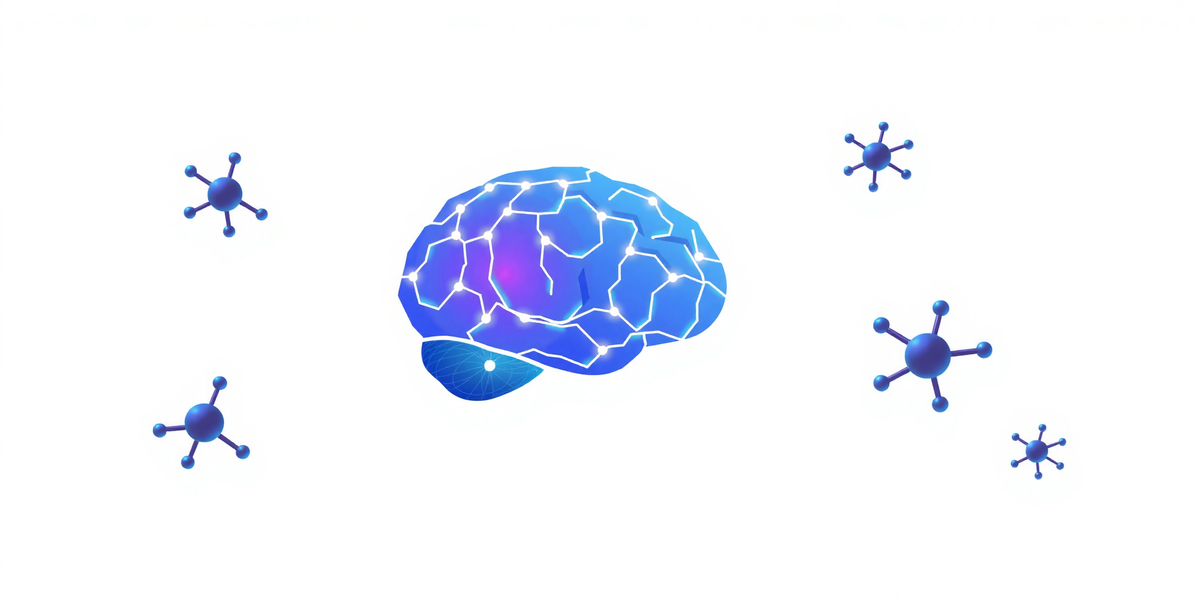
Racetams
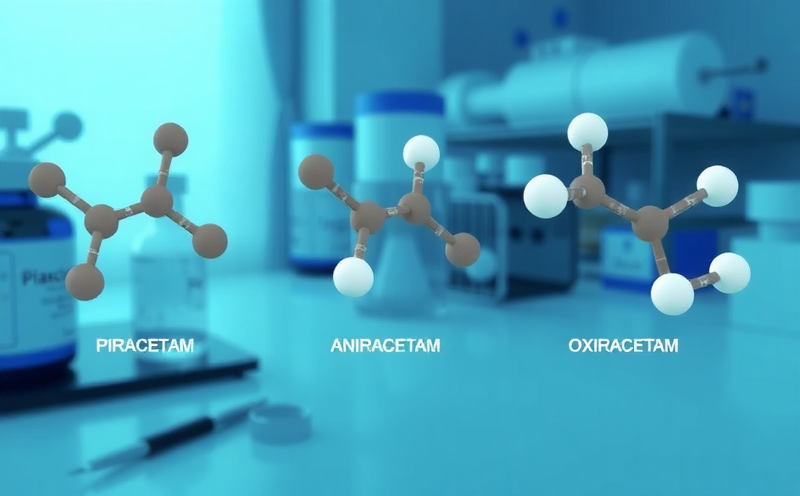
Piracetam
Mechanism of Action:
- Acts on AMPA receptors and ion channels, particularly sodium and calcium
- Enhances membrane fluidity in neuronal cells
- Increases oxygen utilization and glucose metabolism in the brain
- Modulates acetylcholine transmission and NMDA glutamate receptors
Evidence Base:
- Meta-analyses show modest improvements in cognitive function for healthy adults
- More significant benefits observed in age-related cognitive decline and post-stroke recovery
- Enhances verbal learning, memory formation, and attention in multiple human trials
- Limited efficacy in treatment-resistant cognitive disorders
Dosing Protocol:
- Standard range: 1200-4800mg daily, divided into 2-3 doses
- Onset: 1-2 weeks for noticeable effects, with optimal results at 4-6 weeks
- Cycling: 4-6 weeks on, 1 week off recommended for preventing tolerance
- Preferred timing: With meals to enhance absorption and reduce potential GI distress
Considerations:
- Generally well-tolerated with minimal side effects
- May work synergistically with choline supplements
- Less potent than newer racetams but has the most extensive safety data
- Legal status varies by country; available as a supplement in US, prescription-only in some European countries
Aniracetam
Mechanism of Action:
- Positive allosteric modulator of AMPA receptors (stronger than Piracetam)
- Increases release of acetylcholine and dopamine in specific brain regions
- Exhibits anxiolytic properties through serotonergic and dopaminergic modulation
- Fat-soluble, allowing for blood-brain barrier penetration
Evidence Base:
- Human studies demonstrate improvements in cognitive performance after trauma or degenerative conditions
- Particularly effective for enhancing holistic thinking and creative problem-solving
- Shows promise in anxiety reduction while maintaining cognitive clarity
- Limited but positive data on attention and social fluidity improvements
Dosing Protocol:
- Standard range: 750-1500mg daily, divided into 2-3 doses
- Optimal absorption when taken with a fat source
- Half-life of 1-3 hours requires multiple daily dosing
- Pyramid approach: Start low, build to optimal dose over 1-2 weeks
Considerations:
- Mild stimulatory effects without traditional stimulant side effects
- Rapid metabolism necessitates multiple daily doses
- Often described as having both cognitive and anxiolytic benefits
- May have potential neuroprotective properties against excitotoxicity
Oxiracetam
Mechanism of Action:
- Positive modulation of AMPA and NMDA glutamate receptors
- Increases acetylcholine synthesis and release in the hippocampus
- Enhances neuronal energy metabolism through increased ATP utilization
- Promotes long-term potentiation (LTP) for memory formation
Evidence Base:
- Clinical studies show improvements in logical reasoning and analytical thinking
- Particularly effective for tasks requiring technical precision
- Demonstrates notable benefits in age-related cognitive decline
- Some evidence for enhanced learning capacity and memory formation speed
Dosing Protocol:
- Standard range: 800-2400mg daily, divided into 2-3 doses
- Water-soluble with higher bioavailability than some other racetams
- Can be taken with or without food
- Best results observed with consistent daily dosing for 2+ weeks
Considerations:
- Often described as having a "cleaner" cognitive enhancement profile than other racetams
- Mild stimulatory effects make morning/early afternoon dosing preferable
- Stacks effectively with choline sources for enhanced effects and reduced side effects
- Generally well-tolerated with minimal side effect profile
Choline Sources
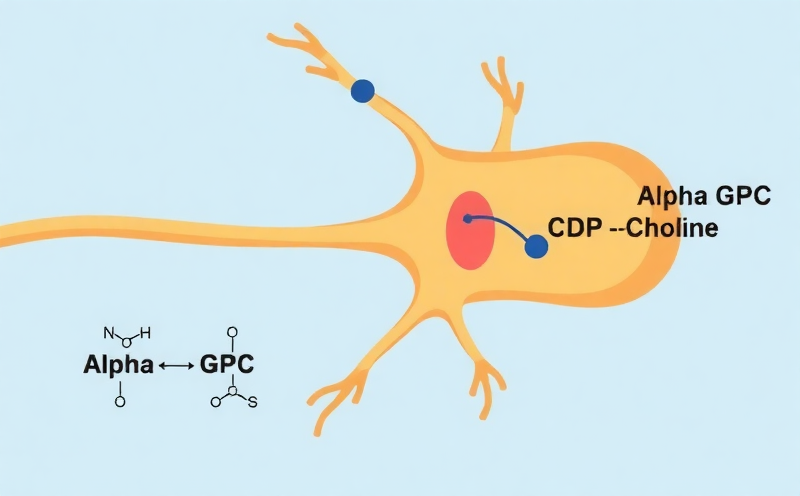
Alpha-GPC (Alpha-glycerophosphocholine)
Mechanism of Action:
- Rapidly crosses blood-brain barrier to deliver choline
- Serves as precursor to acetylcholine, a critical neurotransmitter for memory and learning
- Increases phosphatidylcholine synthesis for neuronal membrane integrity
- Enhances dopamine release and receptor density
Evidence Base:
- Multiple clinical trials support cognitive benefits in both healthy adults and those with cognitive impairment
- Demonstrates significant improvements in attention, mental focus, and working memory
- Research shows enhanced power output and growth hormone response when used pre-exercise
- Effective adjunct therapy in cognitive rehabilitation after stroke and TBI
Dosing Protocol:
- Standard range: 300-600mg daily, divided into 2-3 doses
- Higher therapeutic doses (1200mg daily) used in clinical studies for cognitive disorders
- Optimal timing: 30 minutes before cognitive demand or exercise
- 46% choline by weight, making it one of the most efficient choline donors
Considerations:
- Superior bioavailability compared to many other choline sources
- Often used to mitigate "racetam headaches" when stacking
- Mild parasympathetic effects possible at higher doses
- Generally recognized as safe with excellent tolerability profile
CDP-Choline (Citicoline)
Mechanism of Action:
- Provides both choline and cytidine (which converts to uridine)
- Enhances phospholipid synthesis for neuronal membrane repair
- Increases acetylcholine, dopamine, and norepinephrine levels
- Supports mitochondrial function and ATP production
Evidence Base:
- Extensive clinical research in cognitive impairment, stroke recovery, and traumatic brain injury
- Studies demonstrate improvements in memory, attention, and executive function
- Evidence for neuroprotective effects against oxidative stress and excitotoxicity
- Some research suggests benefits for substance use disorders, particularly cocaine addiction
Dosing Protocol:
- Standard range: 250-500mg twice daily
- Extended-release formulations allow once-daily dosing in some cases
- Absorption unaffected by food intake
- Builds to optimal effects over 2-4 weeks of consistent use
Considerations:
- Dual mechanism (choline + uridine pathway) offers broader cognitive benefits
- Better studied in clinical populations than Alpha-GPC
- Available as prescription medication in many European countries and Japan
- Excellent safety profile with minimal side effects even at higher doses
Natural Compounds

Bacopa Monnieri
Mechanism of Action:
- Enhances dendritic branching in neurons
- Modulates serotonin, dopamine, and acetylcholine systems
- Contains bacosides that protect neurons from oxidative stress
- Upregulates brain-derived neurotrophic factor (BDNF)
Evidence Base:
- Multiple randomized controlled trials demonstrate improvements in memory acquisition and retention
- Particularly effective for verbal learning and delayed recall
- Benefits increase with consistent use, with optimal effects at 8-12 weeks
- Meta-analyses confirm significant cognitive enhancement compared to placebo
Dosing Protocol:
- Standard range: 300-450mg daily of extract standardized to 50% bacosides
- Absorption enhanced when taken with a fat source (traditionally given with ghee)
- Single daily dose sufficient due to long-acting compounds
- Requires consistent daily use for 4-8 weeks before full benefits manifest
Considerations:
- Adaptogenic properties provide additional stress-reduction benefits
- Temporary digestive discomfort possible during initial supplementation
- Morning dosing preferred by some users to avoid potential mild sedative effects
- One of the most well-researched natural nootropics with strong traditional use history
Lion's Mane Mushroom (Hericium erinaceus)
Mechanism of Action:
- Stimulates nerve growth factor (NGF) and brain-derived neurotrophic factor (BDNF) synthesis
- Contains erinacines and hericenones that support neurogenesis
- Reduces neuroinflammation through multiple pathways
- Promotes myelination and nerve regeneration
Evidence Base:
- Human studies show improvements in mild cognitive impairment
- Research demonstrates neuroprotective and neuroregenerative properties
- Evidence for reduction in symptoms of anxiety and depression
- Animal studies suggest benefits for neurodegenerative conditions
Dosing Protocol:
- Standard range: 500-3000mg daily of fruiting body extract (or 1000-4000mg whole powder)
- Dual-extraction (water and alcohol) provides most complete spectrum of compounds
- Divided doses with meals maximize absorption
- Benefits increase progressively over 8-12 weeks of consistent use
Considerations:
- Cultivated source and extraction method significantly impact potency
- May inhibit platelet aggregation at higher doses
- Combines effectively with other neuroprotective compounds
- Growing research base with promising cognitive and emotional benefits
Ginkgo Biloba
Mechanism of Action:
- Increases cerebral blood flow through vasodilation
- Contains flavonoids and terpenoids with antioxidant properties
- Modulates neurotransmitter systems including dopamine and norepinephrine
- Inhibits platelet-activating factor for improved microcirculation
Evidence Base:
- Extensive clinical research spanning decades
- Meta-analyses show modest but significant benefits for age-related memory issues
- Particularly effective for attention-related tasks and processing speed
- Most beneficial for those with compromised circulation or age-related decline
Dosing Protocol:
- Standard range: 120-240mg daily of extract standardized to 24% flavone glycosides and 6% terpene lactones
- Typically divided into 2-3 daily doses
- Morning and early afternoon dosing preferable to avoid potential sleep disruption
- Consistent daily use for 4-6 weeks required for optimal effects
Considerations:
- Mild blood-thinning properties (caution with anticoagulant medications)
- Quality of extract significantly impacts efficacy
- Benefits more pronounced in older adults than young, healthy individuals
- Long history of use with well-established safety profile at recommended doses
Adaptogens
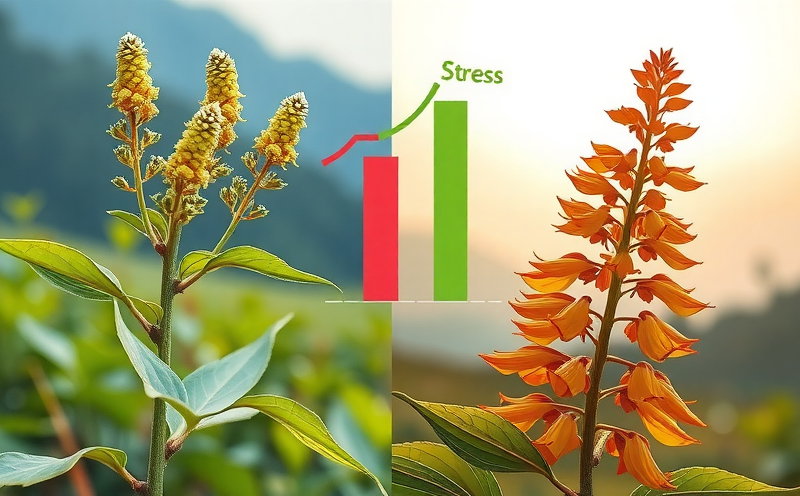
Ashwagandha (Withania somnifera)
Mechanism of Action:
- Modulates cortisol levels and HPA axis function
- Contains withanolides that demonstrate neuroprotective properties
- Regulates neurotransmitter receptors including GABA and serotonin
- Enhances antioxidant enzyme activity in the brain
Evidence Base:
- Clinical trials demonstrate significant stress reduction and cognitive enhancement
- Research shows improvements in reaction time, task performance, and attention
- Studies confirm reduction in cortisol levels correlating with cognitive improvements
- Evidence for memory enhancement, particularly in stress-related impairment
Dosing Protocol:
- Standard range: 300-600mg daily of root extract standardized to 5-10% withanolides
- Alternative: 1-2g daily of root powder
- Can be taken as single dose or divided (morning/evening)
- Full benefits typically manifest after 4-8 weeks of consistent use
Considerations:
- Stress-reduction properties create indirect cognitive benefits
- Morning dosing typically energizing, evening dosing promotes restful sleep
- May influence thyroid hormone levels at higher doses
- Generally well-tolerated though rare cases of elevated liver enzymes reported
Rhodiola Rosea
Mechanism of Action:
- Inhibits stress-activated protein kinases
- Contains salidroside and rosavins with neuroprotective properties
- Modulates monoamine oxidase activity affecting dopamine and serotonin
- Enhances ATP synthesis and cellular energy metabolism
Evidence Base:
- Multiple clinical trials demonstrate improved cognitive function under stress
- Research confirms reduction in mental fatigue during demanding tasks
- Studies show enhanced work capacity and concentration
- Particularly effective for performance during sleep deprivation or high-pressure scenarios
Dosing Protocol:
- Standard range: 200-600mg daily of extract standardized to 3% rosavins and 1% salidroside
- Optimal timing: Morning or early afternoon due to energizing effects
- Single daily dose typically sufficient
- Cycling recommended: 4-6 weeks on, 1-2 weeks off for maintaining sensitivity
Considerations:
- Energizing properties make late-day dosing potentially disruptive to sleep
- More rapid onset of benefits compared to many adaptogens (often within days)
- Historically used by Russian cosmonauts and athletes for performance enhancement
- May interact with antidepressant medications (MAOIs, SSRIs) - medical supervision advised
Synergistic Combinations
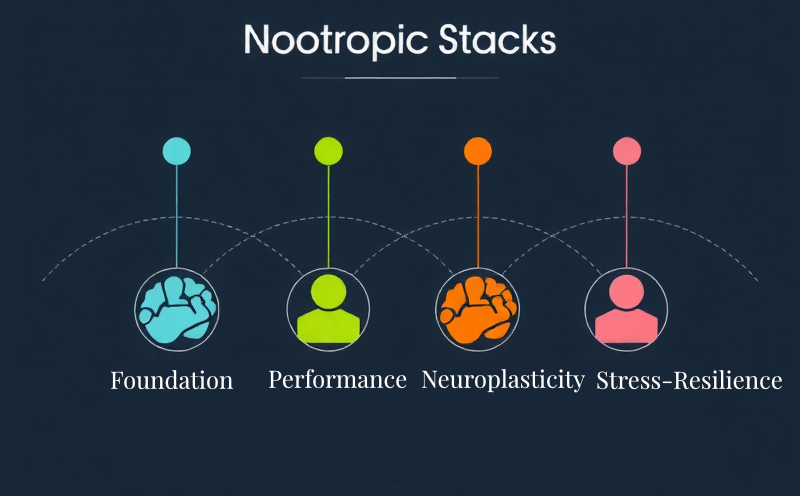
Foundation Stack
- Components: Bacopa Monnieri (300mg) + Lion's Mane (1000mg) + Alpha-GPC (300mg)
- Benefits: Comprehensive cognitive support with enhanced memory formation, neuroprotection, and acetylcholine optimization
- Timeframe: Benefits build over 8-12 weeks with consistent use
- Best for: General cognitive enhancement and neuroprotection with minimal side effects
Performance Stack
- Components: Rhodiola Rosea (300mg) + Oxiracetam (750mg) + Alpha-GPC (300mg)
- Benefits: Enhanced mental performance under pressure, improved technical reasoning, and reduced mental fatigue
- Timeframe: Effects noticeable within hours, with cumulative benefits over 2-4 weeks
- Best for: High-performance demands, complex problem-solving, and extended mental work
Neuroplasticity Stack
- Components: Lion's Mane (1500mg) + Aniracetam (750mg) + CDP-Choline (250mg)
- Benefits: Enhanced neuronal growth and connectivity, improved creative thinking, and reduced cognitive anxiety
- Timeframe: Initial effects within days, optimal benefits after 6-8 weeks
- Best for: Learning new skills, creative projects, and recovery from cognitive trauma
Stress-Resilience Stack
- Components: Ashwagandha (500mg) + Bacopa Monnieri (300mg) + Ginkgo Biloba (120mg)
- Benefits: Enhanced cognitive function under stress, improved memory retention, and cerebral blood flow
- Timeframe: Stress-reduction effects within 1-2 weeks, cognitive benefits manifest at 4-8 weeks
- Best for: High-stress environments, age-related concerns, and cognitive performance during sleep deprivation
